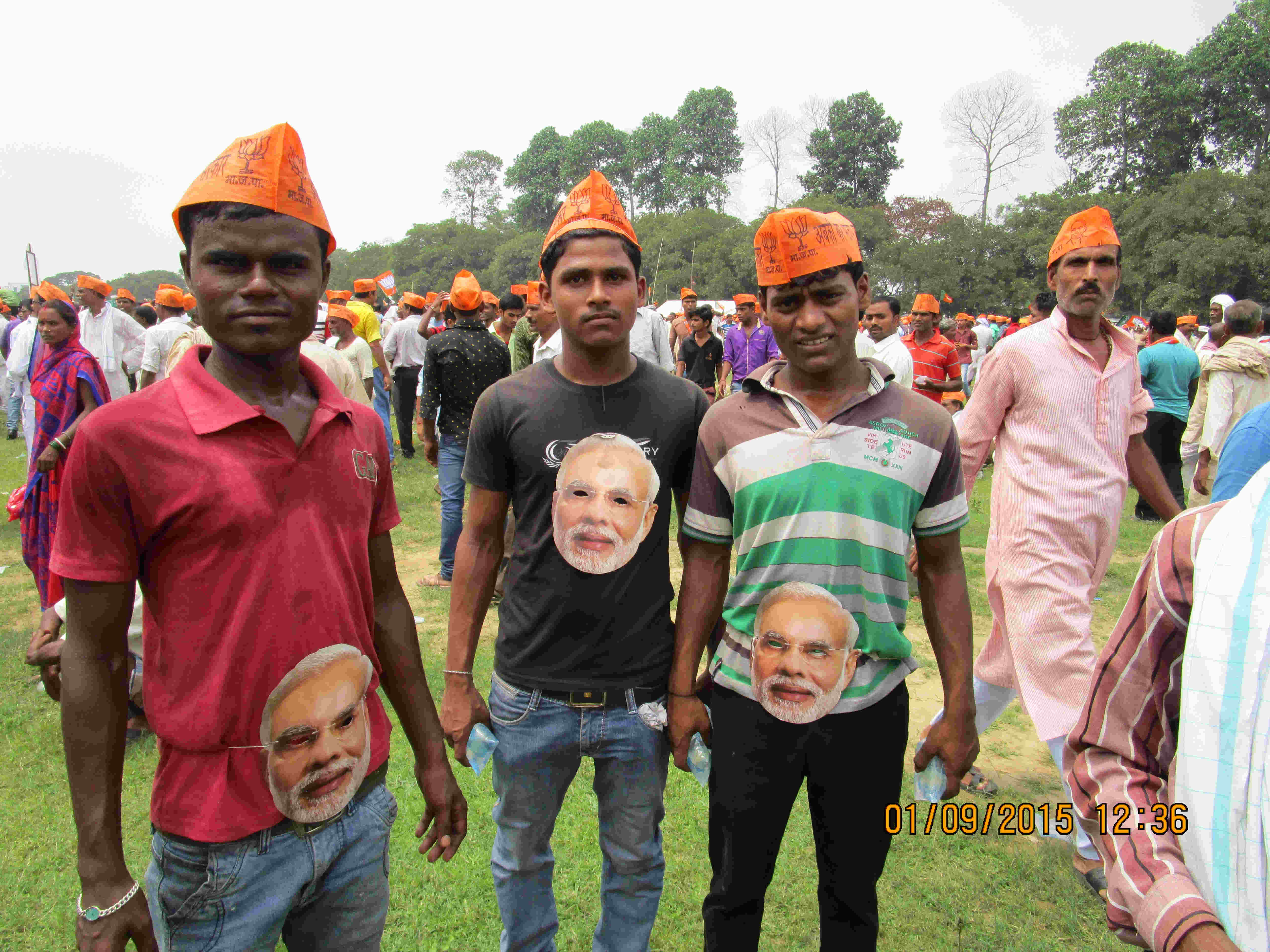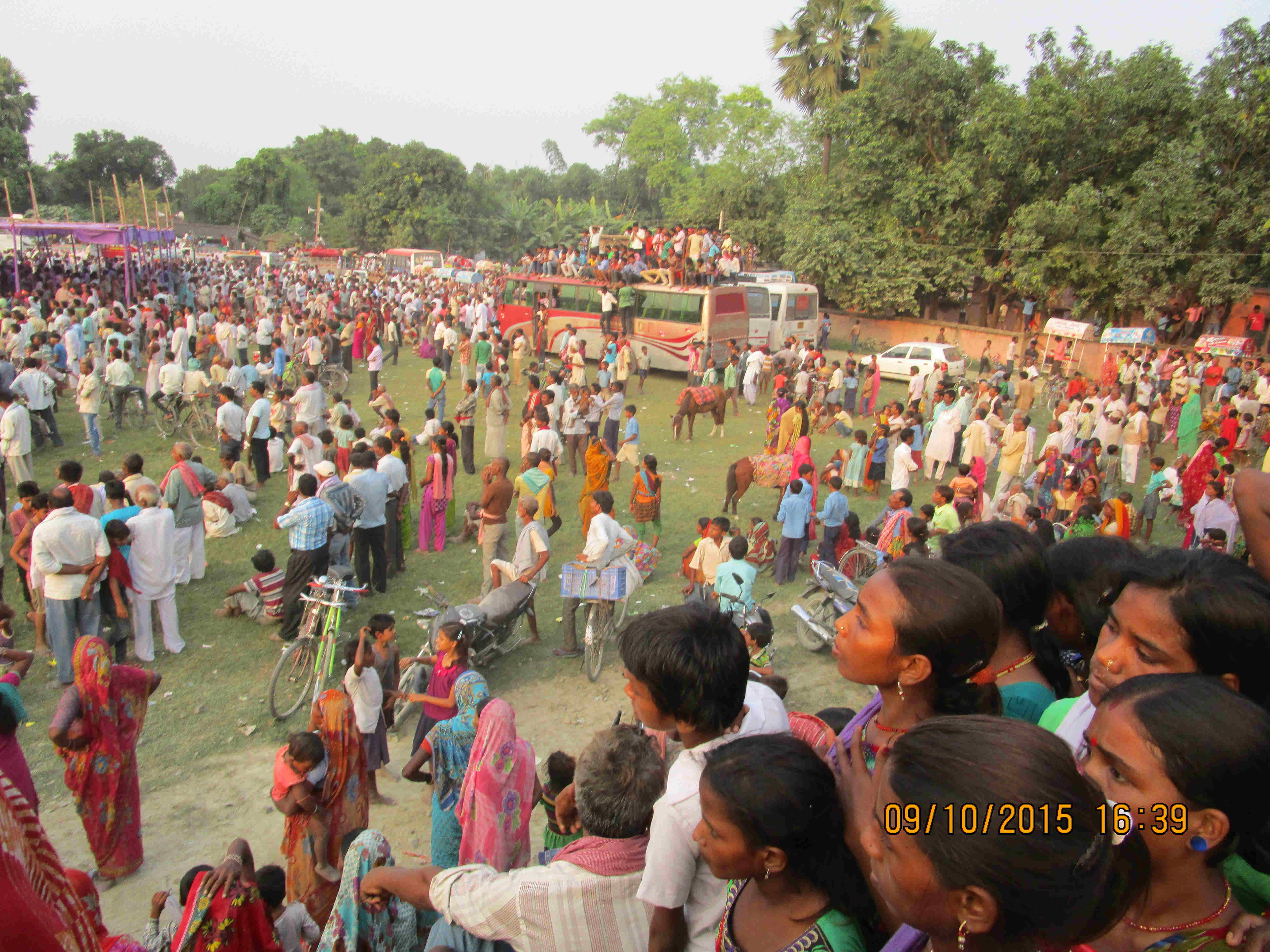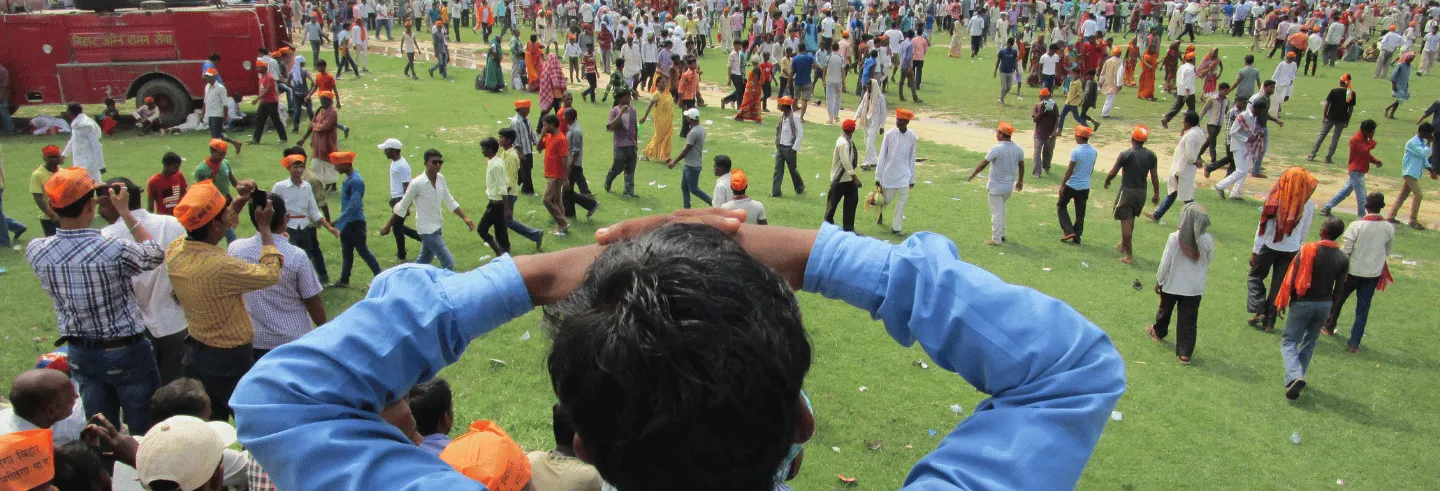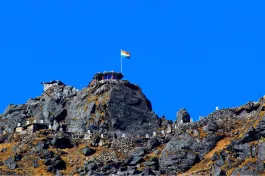In early April, the storied political consultant Prashant Kishor’s new party was in the news – it had failed to fill Patna’s Gandhi Maidan with supporters for a rally that was said to be the launch of the campaign for the Bihar assembly elections later in 2025.
For any leader hoping to announce his or her arrival on Bihar's political stage, packing Gandhi Maidan with supporters has become a rite of passage. From Jayaprakash Narayan in the 1970s, through Lalu Prasad Yadav and Nitish Kumar in the 1990s, to Narendra Modi in 2013, this expanse of open land in the middle of the capital is the place for a show of political strength.
This was the litmus test that Jan Suraaj, Kishore's party, failed to pass.
By the time Kishore arrived – after a delay of several hours – he could see the dampened spirit of his karyakartas, the party workers. Kishore had to apologise for the lacklustre turnout, claiming the state government had diverted traffic and created road blocks to prevent supporters from reaching the maidan.
A few days after this debacle, as if to add insult to injury, the same Gandhi Maidan saw I.P. Gupta, an engineer turned politician, pack the ground to almost overflowing with members of the Paan community. They were there to launch a new caste-based political outfit called the Indian Inquilab Party, the newest member of a thriving club of small-time parties in Bihar.
The task of bringing mobilised people from their homes in villages and towns to the venue of the rally is massive, often requiring plenty of money, determination, and organisational skill.
Kishore, whose vastly superior resources and management skills have been deployed in the past for to organise mega rallies for his clients, could not gather a sizeable crowd of supporters. But Gupta could do so with relatively limited means. These two differing Gandhi Maidan rallies raise the question of how political parties or politicians mobilise people for their public gatherings. What goes on behind the scenes to pack rally grounds with huge crowds of supporters?
From Kishore and Gupta's example, it would be easy to infer that resources and management skills do not affect a politician’s ability to attract supporters. But this would be far from the truth, going by my field work across election campaigns in several states over a decade and a half. The process of gathering a large crowd of supporters to attend a political event is complex and depends on various factors. The primary requirements are organisational strength and an abundance of resources. But mostly, it is karyakartas who play an integral role in mobilising supporters for election rallies.

Behind the scenes
The task of bringing mobilised people from their homes in villages and towns to the venue of the rally is massive, requiring money, determination, and organisational skill. Karyakartas who want to show off their effectiveness as local leaders or politicians aspiring to be candidates usually 'deliver' a certain number of supporters to the rally ground. Depending on political clout and financial capabilities, the mobilised supporters used to be packed onto buses, or sometimes lorries, adorned with large banners.
However, repeated exposure to election rallies has changed voter behaviour. They are no longer easily herded onto buses, a practice some politicians derisively describe as travelling 'cattle class'. Increasingly aware of their voting power, voters now demand more comfortable transportation, such as SUVs. Politicians now often have to arrange for multiple SUVs and jeeps, significantly increasing their transportation costs. While most of these arrangements are usually paid for by the politicians or ticket aspirants, political parties also hire buses in large numbers to bring supporters to rallies.
If a ruling party decides to hold a rally, the state machinery is liberally made use of to mobilise crowds. From hiring state transport buses to running special trains from adjoining districts to the rally venue, there are multiple ways in which ruling parties can use state resources to bring crowds to rallies.
In addition to comfortable transport, supporters receive lunch or packed meals at the venue, along with refreshments during the journey. These food and water provisions are in addition to 'participation fees', ranging from Rs 300 to Rs 500 per person. These payments are usually informal and undisclosed, with politicians using personal funds to cover the costs.
While these added expenses could be behind the spiralling costs of election campaigns, one rarely finds mention of expenses to create crowds in the expenditure reports of candidates. In many cases, political parties, which legally have no limits on election-related expenses, pay for the organisation of mega election rallies. Prospective candidates, incumbent candidates, karyakartas or party workers, and all those who contribute to these efforts seldom declare these expenses though they try to find other ways to recover their money.
Give and take
This is not to discount the participation of supporters who are genuinely motivated to walk miles to reach the rally ground to support a leader or party close to their hearts. These could be ideologically inclined supporters of the CPI (ML) who come with their party flags, shouting lal salaam enthusiastically while walking along with their comrades, or simple village folk with nothing in hand except a cloth bundle of sattu (powdered gram flour) crossing the Ganga by boat from Raghopur Diara to reach Gandhi Maidan to listen to Lalu Yadav or his son, Tejaswi Yadav. They could be young Muslim men travelling from the Seemanchal region to Patna to attend a Samvidhan Bachao rally in defence of constitutional rights, or groups of women who have set out to see 'Modiji', their favourite leader, at a big rally.
Politicians and party workers often call on people they have helped before – whether through welfare services or personal favours – knowing those beneficiaries will feel obliged to return the support. This sense of reciprocity drives them to attend rallies, either to express their gratitude or to ensure future assistance. Ruling party politicians often have an advantage in mobilising support due to their greater access to state resources compared to those in the opposition.
Parties with weaker ties to their workers or without a strong cadre base must rely more heavily on money and resources to gather crowds, making mobilisation a much more expensive affair.
Political parties depend a lot on their organisational strength to mobilise crowds for rallies. The flow chart of the responsibility of bringing supporters a rally goes down from the district to the city; from there to the taluka or block; and then to the panchayat at the village level. Here, different karyakartas are given the responsibility of bringing their share of supporters to the rally ground. Well-attended rallies are therefore a good indication to political parties that their party organisation is robust.
The rise of new political outfits has weakened the traditional organisational strength of parties, as many of them lack centralised structures or a large, committed cadre. Cadre-based mobilisation has proven to be the most effective strategy – used by both left- and right-wing parties – because a dedicated group of workers can reliably bring out supporters. In contrast, parties with weaker ties to their workers or without a strong cadre base must rely more heavily on money and resources to gather crowds, making mobilisation a much more expensive affair.

Such expenses must act as a reality check to political parties and alert them to get their organisation in order. Whether it be an election rally in Azad Maidan or South Mumbai or the Palayan Roko Yatra led by Kanhaiya Kumar in Bihar, the Congress party’s inability to get adequate numbers for its election rallies and programmes is an indicator of the morbid condition of the organisation in states such as Maharashtra and Bihar.
A voter's eye
The Indian voter’s relationship with democracy has undergone a major transformation. This change is evident not just in higher voter turnout or more inclusive participation – what political scientist Yogendra Yadav has called a “democratic upsurge” – but also in how voters now engage with election rallies. As seen in works like Grassroots of Democracy: Field Studies of Indian Elections (edited by A.M. Shah) and Why India Votes by Mukulika Banerjee, the nature of crowd mobilisation has shifted. Voters are no longer passively bussed to rallies. Instead, they evaluate political parties based on their organisational capabilities and willingness to spend more resources to incentivise participation.
One way of looking at this could be concluding voters are becoming more transactional than before. But from an alternative perspective, it could be seen as voters emphasising their end of the bargain, bringing pressure to bear on political parties. As mentioned earlier, other factors such as ideological motivation, charisma, or the fear of missing out, too attract crowds.
Voters are no longer passively bussed to rallies. Instead, they evaluate political parties based on their organisational capabilities and willingness to spend more resources to incentivise participation.
While it may be speculative to comment on the reasons advanced by Kishore for the low turnout at Gandhi Maidan, it is important to understand that successfully mobilising supporters for election rallies requires political parties to engage with multiple actors and deploy different kinds of resources to achieve the desired outcome. Over time, the Indian voter has matured and so have his or her demands. This has forced politicians to bypass traditional means of mobilisation and use new strategies to keep voters satisfied.
One should not take the attendance at a political rally as a proxy for the number of votes the party will win. However, a well-attended election rally indicates a political party’s organisational strength and its capacity to muster the necessary resources. More importantly, it indicates there is cohesion between the organisation and its resources. An imbalance or an unhealthy relationship between the two can end up in a disappointing turnout on the ground, much like the one Kishore saw at Gandhi Maidan.
Sarthak Bagchi teaches courses on democracy, Indian politics and populism in Ahmedabad University.









